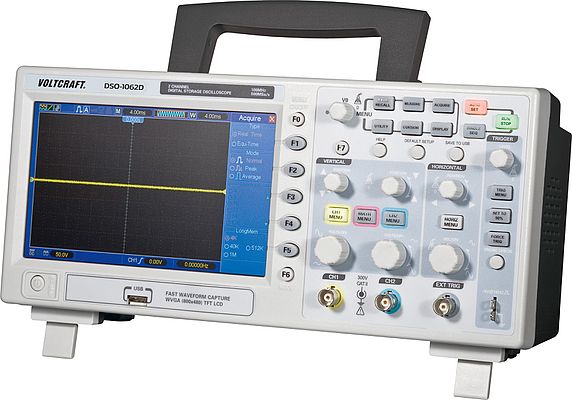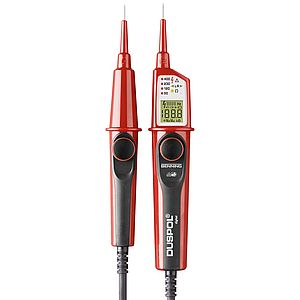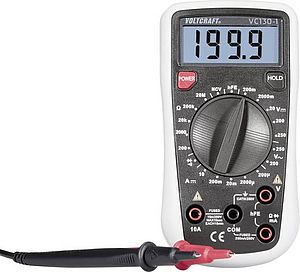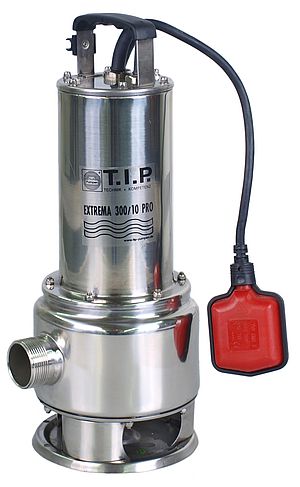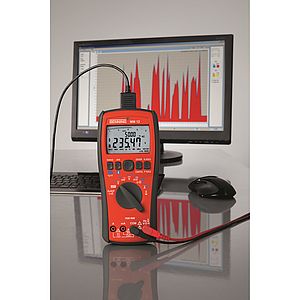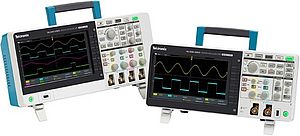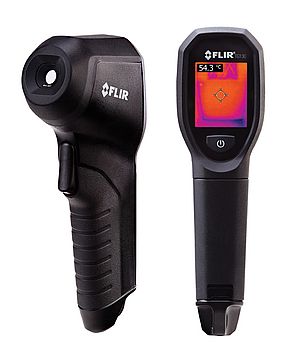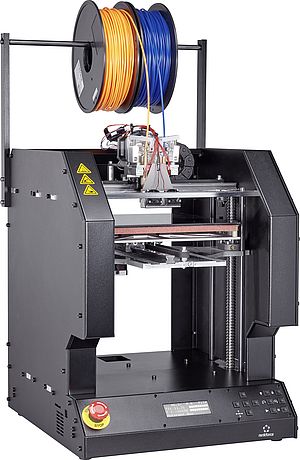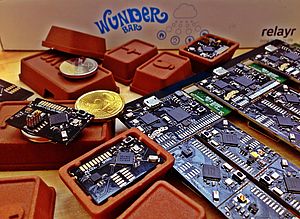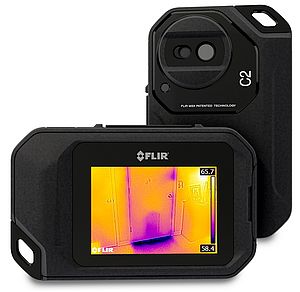Author: Michael Schlagenhaufer, Senior Produktmanager, Conrad Electronics
Power supplies, function generators, oscilloscopes and multimeters form the foundation of the test equipment on engineers' benches within any test, inspection or R&D department of companies that design and manufacture electronics equipment. They provide the basic ability to power-up the board, apply test signals, measure voltages and check waveforms in response to various inputs.
Just like the equipment they are used to test, these instruments have evolved over the years to provide greater functionality within a smaller footprint, while also offering greater performance and accuracy as well as improved ease of use.
The history of commercial test equipment stretches back to the beginning of the electronics industry, as engineers quickly realised that new products could not be designed or commercialised without adequate test capabilities. Some of today's top brand names can trace their roots back to the early days of the industry, and remain today at the forefront of test equipment development; particularly in areas such as wireless communication and high-speed networking. However, there is also an ever-present demand for high-quality equipment that can satisfy the majority of engineers' requirements at an economical price. Conrad created its in-house Voltcraft range, designed in Europe by R&D specialists at the Conrad Technology Centre, to satisfy this demand.
An understanding of the performance and features on offer from test equipment across the price spectrum, can help engineers make their budget go further and secure the capability to test current and future new products quickly and efficiently.
New lamps for old?
Incentives for engineers and test departments to update their test equipment can vary according to the type of instrument. The shortcomings of an oscilloscope with insufficient bandwidth or memory depth can be readily apparent, whereas the benefits in replacing a power supply that has provided stable voltages for many years can be more difficult to visualise. However, newer models can offer advantages such as greater precision, lower noise and smaller size.
Space on the bench can be tight in today's laboratories and factories, and large, bulky power supplies can be impractical. Moreover, engineers may need to provide several supply voltages to the same board, and often the digital operating voltages must be 3.3V or lower, such as 2.5V or 1.8V. To meet such requirements, engineers need compact, multi-output power supplies that provide enhanced precision to set lower voltages accurately. In addition, a power supply with low output voltage ripple and noise becomes more important at lower operating voltages.
To meet all of these requirements, some of the units being offered today use a combination of switched-mode conversion with linear post regulation for a smooth low-noise output, and allow the user to set the output voltage digitally.
The prices of power supplies can be governed by output power or features. Smaller benchtop units of around 50W to 100W are available from below £100, whereas more sophisticated supplies can offer programmable features such as a basic function generator and multiple output channels in the 200-300W range for a larger budget. The Voltcraft range offers a broad selection from entry-level single or dual-output linear power supplies to multi-output switched-mode units, at competitive prices.
What goes in
A signal or function generator is often needed to apply a test signal such as a sine, square or triangle wave, or a more complex waveform such as a frequency sweep or modulated test signal. Entry-level function generators from Velleman, Voltcraft, Hameg or GW Instek can be acquired for less £500, and are capable of generating basic waveforms over a limited frequency range up to several hundred kHz. More sophisticated arbitrary function generators from brands such as Hameg, LeCroy or Tektronix provide richer functionality such as FSK or OOK modulated signals, easy-to-use features for constructing custom signals, and 100MHz bandwidth of over with high scan rates, at prices from £1000 to around £5000.
Scope for improvement
Throughout the evolution of the global electronics industry, the oscilloscope has provided vital graphical insights into the behaviour of circuits and systems. The latest digital storage scopes span a broad price range up to more than £10,000, offering various combinations of multi-channel monitoring capabilities and bandwidth from several hundred MHz to 1GHz for testing high-speed data or RF signals. Scopes featuring large memory depth enable engineers to store long and complex samples for detailed analysis.
Other special features that differentiate high-end models can include Fast Fourier Transform (FFT) or quadrature (I/Q) signal analysis enabling RF power and frequency measurements, or support for analysing protocol information in systems using standards such as CAN, LIN or Ethernet.
Some digital models may implement an analogue front end to enhance precision and low-noise performance. Indeed, there is also a number of analogue oscilloscopes available at competitive prices. The Voltcraft range includes a single-channel, 10MHz analogue oscilloscope for less than £150, while the digital range starts with the Voltcraft DSO-1062D 2-channel digital storage oscilloscope for under £300.
Recently, a new generation of scope meters has extended the oscilloscope lineage into the portable age, providing high performance and precision with the flexibility to use the device in the laboratory or in the field. Scope meters are available over a wide price range, and offer features such as multiple oscilloscope channels, versatile measuring functions, large digital memory and long battery life. Many scope meters also offer built-in multimeter capabilities.
Multimeters moving forward
Even the humble handheld multimeter has experienced significant development and improvement. The variety of choices available has expanded to offer analogue, digital or graphical readouts. The latest digital and graphical multimeters provide advanced features such as easy to use datalogging and frequency measurement with bandwidth of up to several MHz. While entry-level models offer basic Volts, Amps and Ohms measurement, more and more of the multimeters now available offer value-added features such as an LCR function for convenient testing of inductors, capacitors and resistors, or a thermocouple input allowing temperature measurements over a wide range. The Voltcraft VC1008 is an example; it has a bandwidth of 8MHz, an adjustable trigger, bar-graph display function and true-RMS measurement capability. The graphic LCD panel has 160x160-pixels resolution to display various types of signals clearly.
Conclusion
Each new generation of test equipment brings genuine improvements and advantages to every role on the bench. Even a generous budget, however, can be dissipated quickly if not assigned carefully. With judicious investment, taking advantage of initiatives such as Conrad's Voltcraft brand, it can be possible to configure a highly capable test bench at an economical price.



